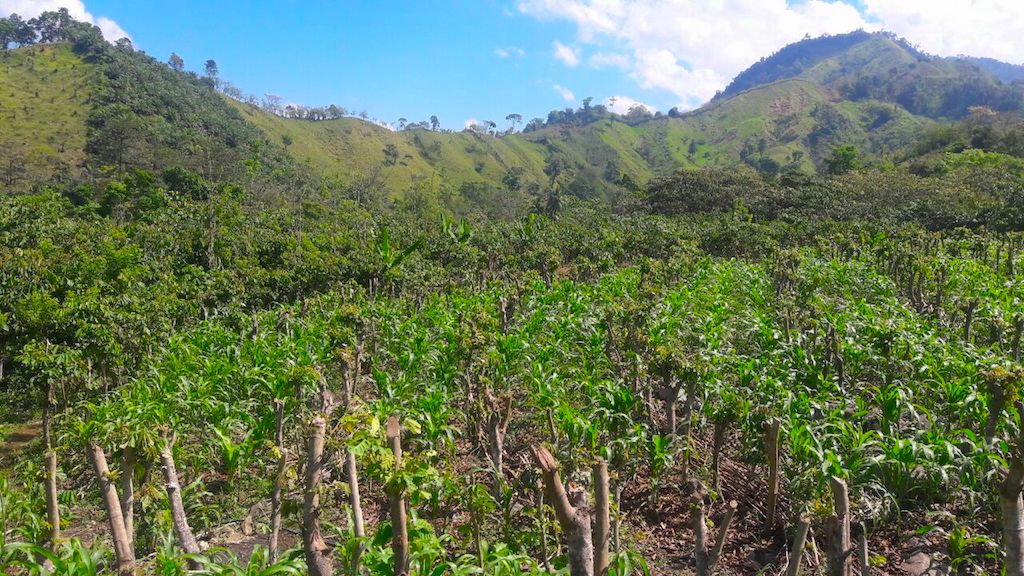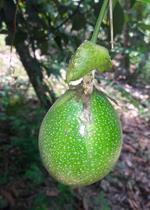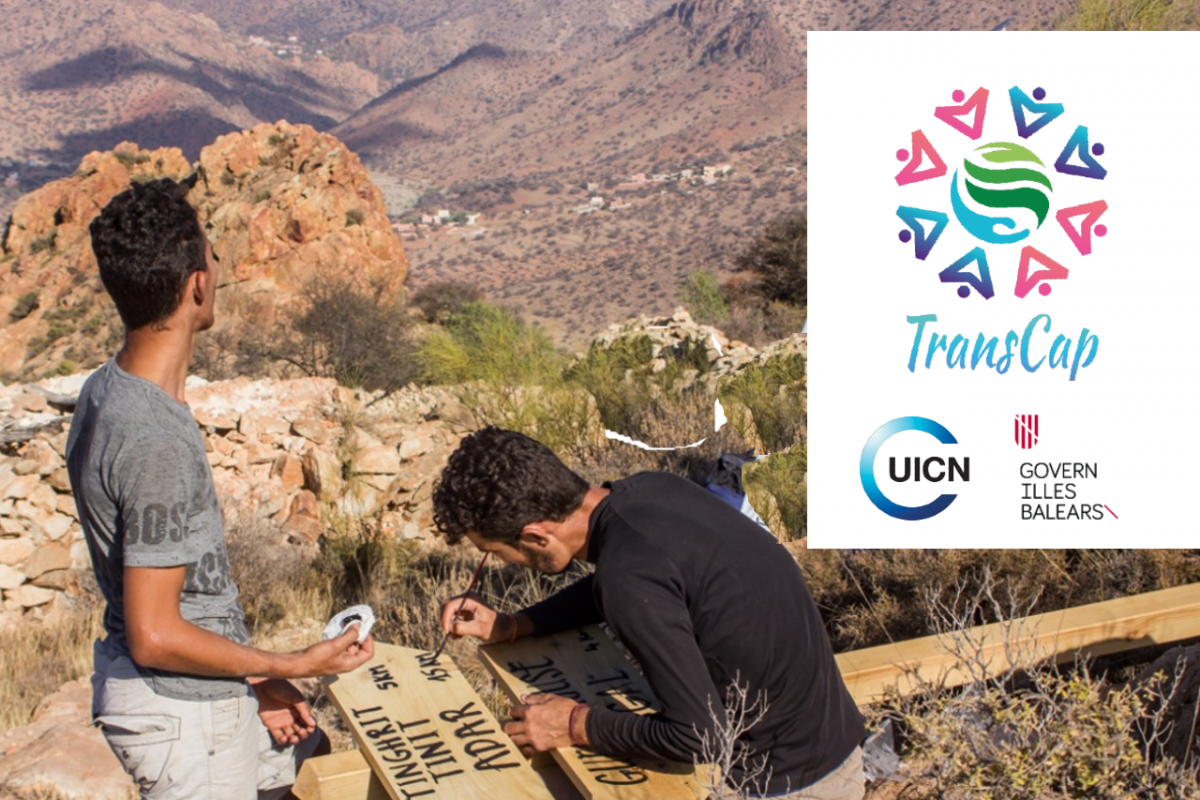Food Security and the Protection of Indigenous Territories - The Case of the Indigenous Peoples of La Moskitia in Honduras
CEESP News - by Osvaldo Munguia, Director of Mopawi and IUCN-CEESP Regional Vice Chair - Meso & South America
Indigenous territories are usually described as “National Lands” - meaning they are property of the government. But, in reality, they belong to no one and everyone. They are illegally - but “peacefully” - settled. Then they are reclaimed as private property arguing “improvements” are being made, but the truth is that they are a degradation of the land. Honduras has lost 40,000 Km2 of forest in this way. At a global level, the planet has lost 20 millions Km2 of forests, equivalent to ten times the size of México. Restoration of this vast area represents a big potential to protect Indigenous Peoples territory, eradicate climate change and poverty in least developed countries. World Conservation Congress’s Resolution M-135, in Jeju 2012, puts forward this scheme as a significant challenge.
We began creating awareness and training indigenous peoples[1] in La Moskitia region of Honduras, so they could reclaim the rights to their ancestral lands. After thirty years, the territorial titles of 14,000 Km2 of indigenous lands were obtained (size equivalent to a third of the Netherlands), with hopes to protect this territory from massive mestizo encroachment and land degradation.

Photo: Osvaldo Munguia 2018
Landscape on the Northern Coastal Corridor from the city of La Ceiba towards Indigenous Peoples territory in Moskitia; a stretch of circa 200 kilometers (some 125 miles) where the land has been degraded by deforestation over the last one hundred years. The situation is the same on the Southern, Western, and Central Corridors. The situation is the same in Guatemala, Nicaragua, El Salvador (where the remaining primary forest is less that 1 percent of the territory), Panama and Costa Rica, as it is in Southern Mexico and in most countries of the Global Tropics. The Global Environmental Facility (GEF) declared at the 2014 GEF Congress in Cancun that the global deforestation is two billion hectares or 20 million Km2 (ten times the size of Mexico). Photo credit: Osvaldo Munguia.
Strategic Analysis of the Long Term Challenges in La Moskitia
Working in community development, I took part in a meeting to discuss the great challenges faced by the indigenous peoples of La Moskitia in the long term. This was in 1986, a year after the creation of MOPAWI[2]. Based on the experience of indigenous people of Honduras and Central America, it was concluded that they faced two significant challenges. The first was regarding the ancestral property rights to land and territory they have inhabited since before the arrival of Europeans to the Americas and consequently, Honduras. The second challenge was related to preserving the linguistic and cultural identity given the progressive exposure and contact of indigenous peoples with the mestizo communities in the country. Thus “Hispanicization”[3] occurs and the ancestral indigenous languages are lost. So we immediately began working to address these two challenges. A strategy was developed to both reclaim the ancestral territorial rights and preserve the linguistic and cultural identity of the largest population in La Moskitia. The focus of this article is the first challenge, reclaiming the right of Indigenous Peoples’ ancestral territories, to stop the encroachment of the land, to eradicate the agriculture frontier expansion the land degradation. Honduras has lost 40,000Km2 of forest in less than a century, equivalent to the Netherlands territory. Globally, the lost of forest is twenty million Km2 (GEF, 2014)[4], equivalent to ten times México’s territory.
 Photo: La Moskitia de Honduras
Photo: La Moskitia de Honduras
The strategy to reclaim the rights to ancestral lands was based on exchanges between indigenous peoples. Over 100 years ago, in the 1860s, a Jesuit priest had managed to obtain the territorial titles for two indigenous peoples in the Central and Eastern region of Honduras: the Tolpan or Xicaques in the department of Yoro, and the Pesch in Olancho, next to La Moskitia. The idea was to learn what their experience had been with the mestizo communities in keeping the property rights to their land, and not selling them or being invaded or evicted. The reality is that there had been much pressure, as Vicente Matute, the Tolpan leader of Yoro, told us. As a result, 23 Tolpan leaders have been assassinated to date while defending their territories. All of those killings have gone unpunished. There were two exchanges, one in February, 1988 and the other in March, 1989. I participated in both, accompanying a group of seven indigenous brothers from La Moskitia. About ten years later, Vicente Matute was also murdered because he was defending their territorial rights and his assassination is still unpunished.
 Photo: Abraham Martinez. Inga Foundation. 2018
Photo: Abraham Martinez. Inga Foundation. 2018
Photos above and below: some "Best Practice Applications" to help solve agriculture families needs using sustainable techniques to produce food and "cash crops" without cutting new forests, but rather stopping deforestation and growing new trees for the Inga model to function, as established by the Inga Foundation from the UK. Photo credit: Abraham Martinez, Inga Foundation. La Ceiba, Honduras. March 2018
Those exchanges were a powerful experience of learning and awareness. The representatives from the different indigenous peoples present in those exchanges returned to their communities and shared their experience at home with family and friends, at church with the entire congregation and at any event they could. Thus, the first Comité Vigilante de Tierras (CVT, Committee for the Protection of the Lands) was created on the coast of the Río Plátano Biosphere. It was led by Donaldo Allen, an elementary school teacher, and a nephew of Navarro Allen, the first Miskito Bishop of the evangelical church in La Moskitia region. From there the MASTA organization was formed, which represents the Miskito people and it currently consists of twelve Territorial Councils. CVT became one of those territorial councils. The movement for the rights to ancestral territories continued from 1988 onwards, facing many difficulties and struggles. Then, MASTA, under the leadership of Norvin Goff, a young agriculture engineer and a nephew of Stanley Goff (the second Miskito Bishop of the evangelical church), obtained in 2012 the first title for a 500 Km2 territory comprising 39 Miskito communities on the coast of the Caratasca Lagoon. Between 2012 and 2016, MASTA had managed to obtain the land titles of the twelve Territorial Councils on an area of 14,000 Km2, equivalent to the size of a third of the Netherlands.
Advancement of the agricultural frontier and the occupation of indigenous territories
During the 1990s in the process of managing the ancestral rights of the indigenous peoples of La Moskitia, one point of concern was protecting the integrity of the indigenous lands once a title was obtained. There was a massive migration of tens of thousands of mestizo farming families towards the forests of La Moskitia searching for land to sustain their livelihood, due to the land degradation in the West caused by deforestation. It is a complex problem. There are cattle ranchers going after those families to purchase the deforested lands and turn them into pastures. Then this becomes a “modus vivendi” that accelerates deforestation and the invasion of indigenous territories. The challenge here is finding a way to stabilize the farming households so as not to expand the agricultural frontier, while helping them achieve food security, earn a household income and have them not rely anymore on deforestation.
 Photo: Abraham Martinez. Inga Foundation. 2018
Photo: Abraham Martinez. Inga Foundation. 2018
A Model of Food Security and Ecosystem Restoration
I was taking care of these concerns when I met Dr. Michael Hands, from Cambridge, UK, who was researching the phenomenon of agricultural frontier expansion resulting in the degradation of tropical rainforests. Dr. Hands’ research has brought about a model for the sustainable production of basic crops with rotating parcels. It starts by simulating the tropical forest by planting fast-growing leguminous plants. They put out new shoots after being cut for harvesting and grow again in a cycle of ‘cutting, harvesting, regrowing, cutting, etc., to let the land “rest” for some time to recover and produce again. A second byproduct is to enable the cultivation of “market crops” that can generate household incomes, like black pepper, vanilla, passion fruit, among many others. A third byproduct of this model is enabling the restoration of biological corridors with a diversity of timber species that include precious woods of high market value for the manufacturing of furniture, doors, window frames, ceilings, etc., as high quality products for export. In this way, there is a model with the potential to protect indigenous lands, produce food security for farming families in the agricultural frontier, generate short term household incomes, restore degraded ecosystems, improve watershed management, and produce timber exports in the mid and long term; as well as to restore degraded ecosystems, generate Carbon sink forests, reduce climate change, improve watershed management for better access to consumption water and clean energy.
We introduced a motion regarding these issues during the 2012 IUCN World Conservation Congress in Jeju. It was approved as Resolution M-135, giving a significant potential to work intensely in this field. However, this requires support for investment at large scale to reverse land degradation, generate sustainable livelihoods and many conservation initiatives such as eco-tourism, bird-watching tourism, and selective harvesting of high value precious woods for elaborated products exportation, benefiting thousands of Indigenous Peoples and Local Communities (IPLC) families. As a whole, poverty reduction.
MOPAWI
Tegucigalpa, Honduras, May 5, 2018.
[1] The indigenous peoples of La Mosquitia: Miskitu, Tawahka, Pesch & Garifuna (Afro descendants)
[2] MOPAWI, an IPO (Indigenous Peoples Organizations) dedicated to accompany indigenous peoples on the defense of ancestral rights
[3] Acculturation process.
[4] GEF 2014 Congress in Cancun, México.



